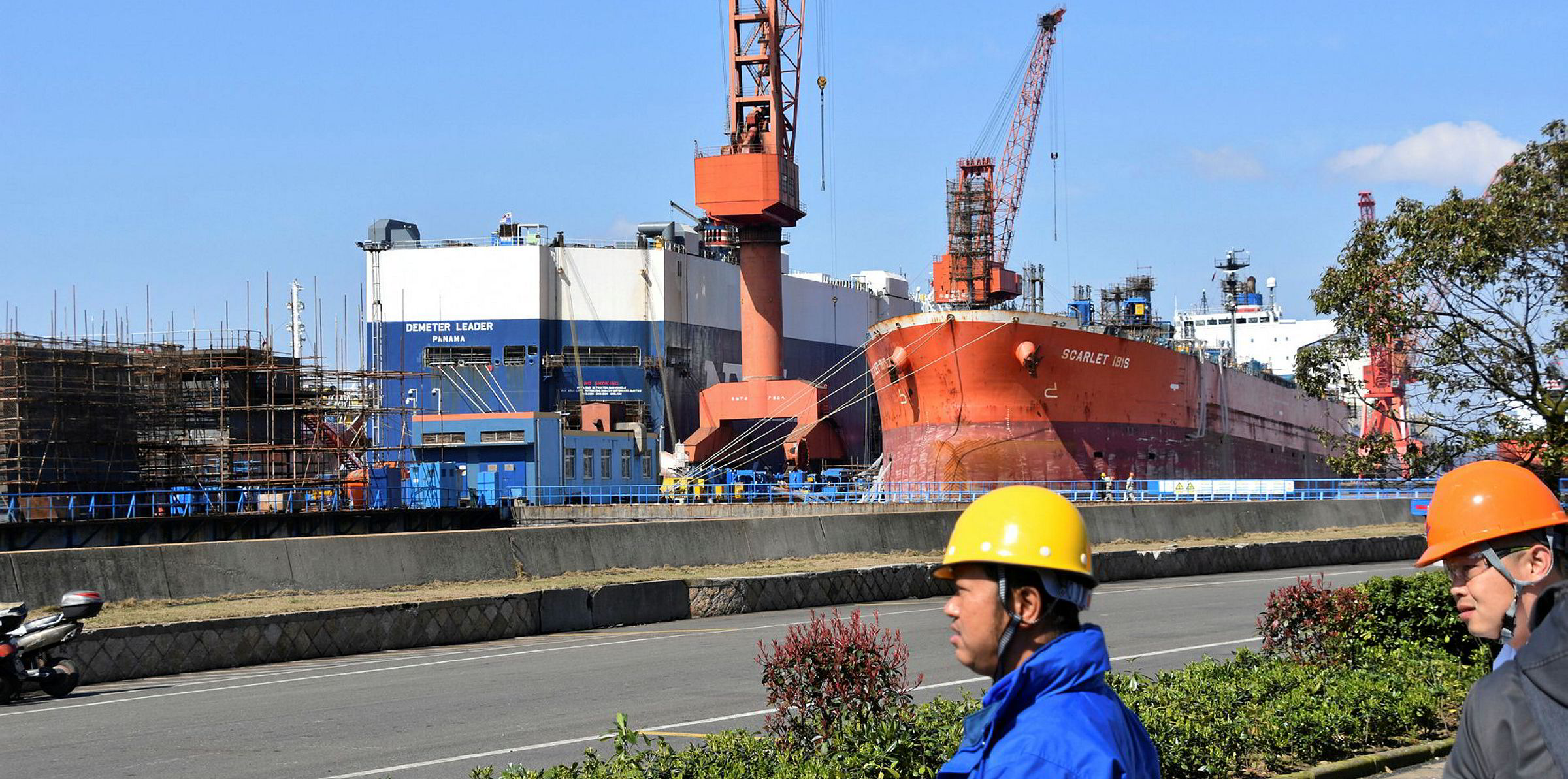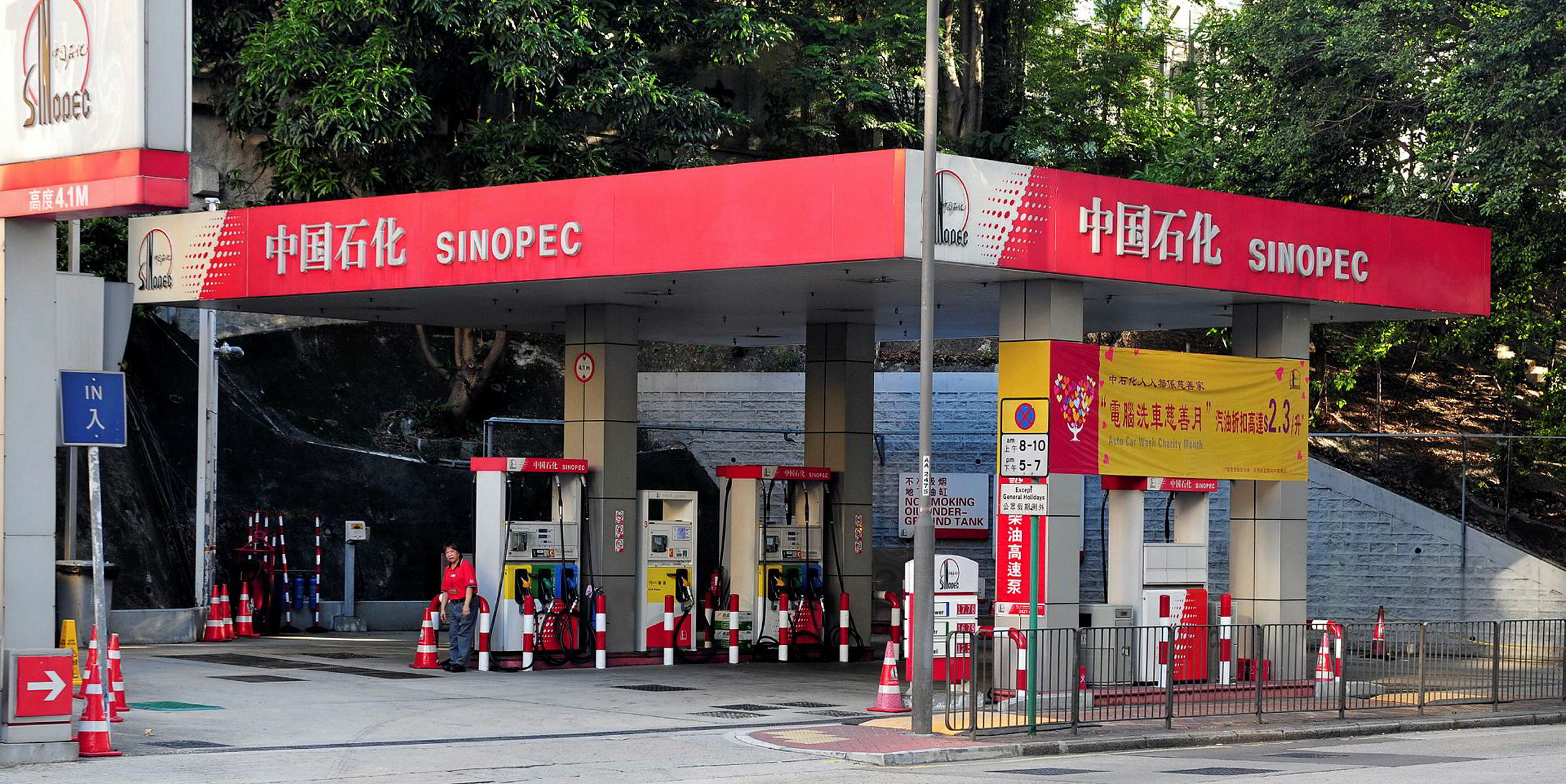Denial is widely acknowledged as the first stage of grief. And it feels like there is more than a whiff of denial right now around the fate of shipping markets in the year ahead.
It is no exaggeration to say freight markets have collapsed across the board in the last month as the response to the coronavirus outbreak in China threatens to put a freeze on trade.
Average daily VLCC earnings are down 75% in the last month, capesize bulkers have fallen 68%, panamaxes have dropped by 45% and product tankers have slipped 41%, according to Clarksons Platou Securities. It makes volatility in other business sectors appear modest by comparison.
Yet while there is a frenzy of attention on how business can respond to this unexpected "black swan" event, there is little sign yet of attention on the potential long-term impact.
That should come as no surprise, since the swing in sentiment since Christmas has been stark and the situation has such uncertainty. To twist a traditional saying: when China sneezes, shipping catches a cold.
Until the last fortnight, most observers were putting a brave face on what we can now see were cracks in market confidence.
Comments from the executives of companies that have published their results for the fourth quarter of 2019 have been understandably focused on what had been, by and large, a good three months of trading.
Strong operating environment
Forces had aligned to make a strong operating environment across most major markets, lifting, earning and enhancing confidence for the year ahead.
Withdrawal of ships for scrubber fittings caused a squeeze on supply of large tankers, bulkers and containerships, while higher fuel costs for those without scrubbers were set to slow the fleet and crimp supply further.
On a broader scale, cargo demand growth remained steady and optimism had been stoked by the first stage of the new trade deal between the US and China as Donald Trump started his long run for a second term in the White House.
And the newbuilding orderbook continued to shrink as owners havered over conflicting propulsion technology choices.
The outlook was comparatively rosy. Until the last week, many shipping market analysts and commentators continued to argue the fundamental outlook remained firm.
If the coronavirus outbreak is contained quickly, the rebound will give markets a filip. But that will not mask other market pressures
Forward freight cover many companies have at rates much higher than today’s spot market meant some confidence was justified. And as we approach the halfway point of the first quarter, the results of many listed companies may remain respectable for now.
Nevertheless, investors have taken a less sanguine view. Their confidence has hit multi-month lows, according to Clarksons, with crude tanker shares down 25% and dry bulk shares down 16% in the year to date. The broker’s basket of all shipping equities is down 15%.
Shares in major cruise lines — Carnival, Royal Caribbean and Norwegian Cruise Line — are down as much as 16% on the immediate scare of quarantine for vessels and fears of the longer-term impact on demand.
Yet with respected observers now describing shipping at a virtual standstill in reaction to the global health scare, the impact across many sectors risks being greater than currently anticipated.
If the coronavirus outbreak is contained quickly, the rebound will give markets a filip. But that will not mask other market pressures, especially the impact of the cost of low-sulphur fuel and who is willing to pay the premium.
2020 dawned promising a stronger market and a more confident outlook that would help the industry grapple with the existential question of decarbonisation.
But once again, energy is now needed to manage short-term crises, rather than setting the agenda for tomorrow.
In the stages of grief, after denial comes anger, bargaining, depression and acceptance.
In shipping, there’s not much point in anger and depression, but there is plenty of room for bargaining and, later, acceptance.







